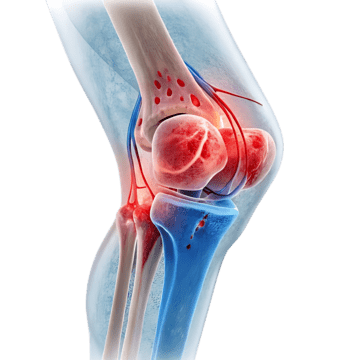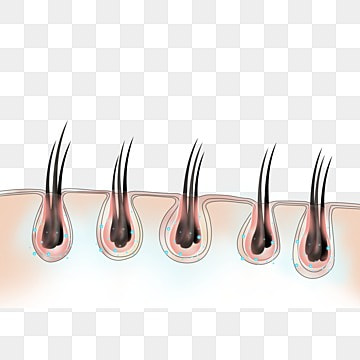Why Choose Viezec for Exosome Therapy
At Viezec Healthcare, our exosome therapy program is built on a foundation of clinical expertise, strict quality controls, and transparent patient care. We combine the latest evidence from regenerative medicine with rigorous safety measures to deliver personalized treatments that focus on measurable outcomes and patient well-being.
Experienced Clinical Team
Our multidisciplinary team includes board-certified physicians in regenerative medicine, licensed clinicians, and biomedical scientists. Each treatment plan is reviewed and signed off by a senior physician to ensure clinical appropriateness and safety.
- Lead physician: Expert in Regenerative Medicine (15+ years clinical experience)
- Scientific oversight: In-house biomedical scientist for quality control and protocol validation
- Dedicated care coordinator: single point of contact for scheduling, pre-op guidance, and follow up
GMP-Aligned Preparation & Quality Controls
We source exosome preparations that are produced under Good Manufacturing Practice (GMP) conditions. Every batch undergoes strict testing for purity, sterility, particle profiling, and potency before being approved for clinical use.
Quality Checks
- Sterility & endotoxin testing
- Particle size & concentration analysis
- Batch traceability & documentation
Safety Protocols
- Pre-treatment medical screening
- Sterile clinic environment
- Post-procedure monitoring & emergency procedures
Personalized, Evidence-Based Plans
We do not use a one-size-fits-all approach. Each patient receives a tailored plan based on medical history, diagnostic tests, and realistic goal-setting. When appropriate, we combine exosome therapy with complementary treatments (e.g., physiotherapy, PRP) to enhance results.
Documented Outcomes & Follow-Up
Outcomes are tracked using objective measures (pain scores, range of motion, validated quality-of-life questionnaires, clinical photography). We schedule follow-ups at regular intervals and provide long-term outcome reviews to ensure both safety and effectiveness.
Example outcomes (typical)
- Osteoarthritis knee patients: meaningful pain reduction within 6–12 weeks
- Skin rejuvenation: improved texture and elasticity over 2–3 months
- Tendon / soft tissue injuries: accelerated recovery timeline when combined with rehab
Patient Safety, Consent & Ethics
Before any procedure, patients receive a thorough informed-consent discussion covering benefits, limitations, potential risks, alternatives, and expected recovery. We maintain strict confidentiality and adhere to ethical guidelines for all regenerative procedures.
“After a personalised exosome program at Viezec, my joint pain decreased significantly — the team explained every step and followed up regularly.” — Anonymous, 54
Disclaimer: Exosome therapy is an emerging treatment. Individual results vary. This information is educational and not a substitute for professional medical advice.






